Results 7,201 to 7,210 of 12096
Thread: Anandtech News
-
07-31-17, 09:50 AM #7201
Anandtech: AMD Releases Radeon Pro Software for Vega: Crimson ReLive Edition Vega Pro
Following up last week’s launch of Radeon Software Crimson ReLive Edition 17.7.2, AMD today is releasing Radeon Pro Software Crimson ReLive Edition for Vega-based Radeon Professional Graphics, earlier known as version 17.8. With the official unveiling of Vega-based products yesterday, this edition of Radeon Pro Software brings support to the Radeon Pro WX 9100, Radeon Pro SSG, and Radeon Vega Frontier Edition.
Related Reading- Radeon Software Crimson ReLive Edition 17.7.2
- Radeon RX Vega Unveiled: AMD Announces RX Vega 64 and RX Vega 56
- AMD's Website on Radeon Pro WX9100 and Radeon Pro SSG
- Radeon Pro Software Enterprise Driver 17.Q3 for non-Vega
Radeon Pro: Crimson ReLive Edition for Vega
ReLive Edition for Vega Pro comes with support for 8K and High Dynamic Range (HDR) displays, something that was included in this past Thursday’s release of Radeon Pro Software Enterprise Driver 17.Q3 for non-Vega Radeon Pro products. Likewise, ReLive enhancements from 17.7.2 will also be present in the Vega Radeon Pro software.
This version also comes with bug fixes and enhanced features for the Radeon ProRender plugins/add-ins such as Autodesk 3DS Max, Autodesk Maya, Solidworks, and Blender. Additionally, AMD notes that Radeon ProRender will be integrated into the upcoming R19 release of MAXON Cinema 4D.
Security-wise, the Pro WX9100, the new Vega SSG, and Vega Frontier Edition have AMD Secure Processors, a feature recently seen in EPYC and Ryzen Pro CPUs. This hardware root of trust operates during both boot time and shutdown, and works in conjunction with Radeon Pro Software and Microsoft Device Guard.
The rest of ReLive Edition for Vega Pro builds on Radeon Pro Software Crimson ReLive Edition 17.6, which was Radeon Vega Frontier Edition’s inaugural driver. This includes full functionality of Radeon Pro Software “Driver Options,” where the user can ‘swap’ between Radeon Pro Software and select Radeon Software versions without a reboot. Previously in ReLive Edition 17.6, swapping was limited to switching UIs.
ReLive Edition for Vega Pro allows the user to actually load two Radeon Software gaming drivers in addition to the installed professional driver. This will enable the use of gaming software features (except WattMan for adjusting GPU frequency). The swap functionality is intended for both game development workflows and just plain convenient gaming. AMD has clarified that this feature is only available for Vega-based professional products at the moment.
These drivers can be found at the AMD workstation graphics driver download page.
More...
-
08-01-17, 06:39 AM #7202
Anandtech: HP Expands Commercial VR Strategy: Z VR Backpack and Immersion Centers
At SIGGRAPH this week, HP has lifted the lid on parts of their Commercial VR strategy, announcing three major aspects of their implementation. In talking with HP, they are confident there is an opportunity in that commercial VR space.
The Z VR Backpack for Commercial
HP's new commercial VR strategy will have three major points:
The first is to deliver the best and most immersive VR and compute experience. Second is to have an end to end solution. Last is to learn and invest with their partners while keeping an eye on mixed reality. These points, according to HP, translate into optimizing their investment and cut costs for commercial customers. Out of those points come three announcements.
The first announcement is the Z VR Backpack. This is a wearable and untethered VR PC, similar to ones we've seen from ZOTAC and MSI, albeit aimed at the commercial space. One use case for such an item can be in training situations, such as military training, first responders. For this type of training, it can be too dangerous or potentially cost prohibitive to do live. Similarly, HP state that in the health care space, training for doctors and nurses can be held in a virtual environment saving time and money, and even help with patient care and pain management.
Gallery: Z VR Backpack




The Z VR Backpack uses an i7-7820HQ and a NVIDIA Quadro P5200 GPU, with a 16GB frame buffer. HP states this is the most powerful wearable VR PC, as well as lightweight and manageable (important to IT administrators). The Z VR Backpack weighs in at just under 10 lbs with both a completely untethered VR solution and a docking ability.
Battery life in, “a rich VR experience” (as HP puts it) is about an hour, while less stressful applications can last up to 1.5 hours. As with other mobile VR solutions, HP uses a dual battery system that is hot-swappable to prevent interruption of the VR experience. The docking solution is designed to allow the device to transition back and forth between a content design desktop to a wearable VR PC.
Pricing on the Z VR Backpack is $3299 with availability towards the end of September. HP brought the Z VR Backpack to SIGGRAPH this year and will be demonstrating military demonstrations, automotive, showroom, and other use cases.HP Z VR Backpack Specifications Form Factor Backpack when worn
Compact PC when dockedOS Windows 10 Pro 64 CPU Intel Core i7-7820HQ: 4C/8T, 2.9GHz, vPro
Intel HD Graphics 630Chipset Intel QM175 DRAM 2 SODIMM / up to 32 GB DDR4-2400 non-ECC Storage 256 GB up to 1 TB Discrete GPU NVIDIA Quadro P5200 16 GB
Miracast for wireless external displaysAudio RealTek ALC3866-CG
Integrated DTS Headphone:XNetworking Realtek RTL8153B Gigabit Port
Intel AC 8265 802.11a/b/g/n/ac (2x2)Expansion slots 1 M.2 PCIe 3.0 x1 (for WLAN/BT only) Ports and Conectors Top 1 x VR Power Port
2 x USB 3.0 (5 Gbps)
1 x HDMI 2.0
1 x mDP 1.3
1 x TB3 Type-C
1 x audio jackBottom External Battery Port
Dock ConnectorRight 2 x USB 3.0 (5 Gbps) Left DC-In Software HP Performance Advisor
HP Remote Graphics Software 7.1,
HP Client Security Software
HP Velocity
HP Client Management Software SuitePower 330W Dimensions 13.11 x 9.29 x 2.39 in, 10.25 lbs
33.3 x 23.6 x 6.09 cm, 4.65 kgWarranty 1-year (1-1-1) limited warranty
1 year of parts, labor and on-site repair
The HP Immersion Center
The second announcement, us that HP is creating 'Immersion Centers', places for potential commercial clientele to come in and test the commercial lineup. Part of the reason potential VR clients are apprehensive about getting in the space are partly rooted in a fear, such as how to get started, and so businesses understandably wanted to experience what it can do before a significant investment on piloting a program begins. This announcement is HP's answer to their customers.
There will be 13 immersion centers that will have the full HP commercial portfolio on site, from the HTC Vive Business Edition, Z Workstations, mobile workstations and VR commercial desktops, and the Z VR Backpack. They will be located throughout the world with 4 in the Americas, 4 in Asia/Pacific, and 5 in Europe. These 13 sites will all be live by the end of September with the first already starting July 27th.
The Vive Business Edition and Mars Collaboration
The final announcement is HP partnering with HTC and bringing out the Vive Business Edition. The hardware itself is the same, although the software stack changes with stand alone enterprise software as well as a 1-year commercial license.
Along with the big push in the commercial space, HP has put out a VR program called HP Mars Home Planet. It is a free to participate environment, where users can collaborate in a VR space to imagine and design a colony on Mars for housing 1 million humans. Members can use Autodesk software to create 3D models of buildings and cities. The world uses terrain from the Mars 2030 game, which uses real map data from NASA research of a potential landing area on Mars. As the program continues, users can download the files and experience what the cooperative effort has developed.
Related Reading:- HP Updates Their Omen Line Gaming Lineup: Desktops, Notebooks, eGFX, and Displays
- ZOTAC VR GO Backpack PC Gets Priced: Core i7-6700T, GeForce GTX 1070, $1999
- MSI Releases the 'VR One': A Backpack PC For VR From $1999
More...
-
08-01-17, 08:14 AM #7203
Anandtech: Dell Announces Updated Precision Workstation Lineup at SIGGRAPH: Refreshed
This year, Dell is celebrating the 20th anniversary of their Precision Workstations. The first Precision workstation, the Workstation 400, was released in 1997 and consisted of a 128MB graphics card, with a total cost at the time of around $12K. The tale is told that sales were slow out of the gate for Dell, with the company selling only 700 units in the first quarter. By the end of the second quarter, Dell sold 7000 units and Precision workstation lineups were well on their way.
Fast forward to today where the workloads have increased massively – and 128MB of VRAM is a rounding error – and workstation hardware manufacturers like Dell are continuing to improve their production designs to keep up with user demands. Part of Dell’s goals with their latest iteration of their Precision hardware is to become a trusted partner for Data Center solutions, and in turn entice commercial clients to move away from renting hardware and back towards buying it up front. With many small to medium size businesses that are farming out their hardware to services such as Amazon Web Services or Microsoft Azure, there are pieces of the pie to be taken back.
Precision Towers and Rack
For the first time in 5 years, Dell has updated both their tower and rack chassis workstations. Dell claims the Precision Tower and Rack workstations are, "...first to market with leading technology to handle complex, creative workloads, including development and deployment of artificial intelligence and machine learning technologies."The front of both class devices has changed the look of the front grill with the 2U 7920 looking a lot different. On the rack mount, where there used to be a simple bar going across it, has been replaced with a large hexagonal cover instead. The workstations receive more of an update with a diamond pattern on the front as well as a bezel down the middle where the peripheral attachments can be inserted.
On the hardware side, the new lineup consists of 5820, 7820, and 7920 Towers as well as a 2U 7920 rack. All incorporate the latest Skylake-X processors, and according to Dell, are designed with flexibility in mind. One of the unique features on the new lineup is bringing PCIe to the front of the chassis where custom devices, such as large removable storage, can be used without entering the chassis. This includes SATA, SAS, PCIe M.2/U.2 NVMe SSDs.
Gallery: Dell Precision 5820, 7820, and 7890_thumb.png)
_thumb.png)

The new towers hold up to 1.5 TB of 2666 MHz RDIMM memory in 4 or 6 channel configurations, with LRDIMMs supporting up to 3 TB on specific CPUs in the 7920. The smaller siblings in the 5820 and 7820 hold up to 256GB and 384GB respectively. CPU support, like RAM, will vary a bit by model. All of these systems support Skylake-X Xeons and are based on the C261 chipset. The 5820 supports up to a 10 core Xeon, while the larger towers and rack mount servers support up to 28 core Xeons.
On the graphics side of the house, Dell uses both NVIDIA and AMD professional graphics cards, with the 7920 and 7820 towers supporting up to 900W of graphics power when using up to 3 double width GPUs. Available NVIDIA cards go up to the Quadro GP100 series cards and other Pascal based cards, while for AMD, customers can get up to AMD's newly announced Radeon Pro WX9100. The workstations will also support the upcoming Radeon Pro SSG due out in fall. All of this horsepower, both from the CPUs and GPUs can be used for creation and deploying cognitive technologies among many other use cases Dell is targeting with their workstations.
The towers and rack workstations will be available starting October 3rd, 2017.
Precision 5520 Laptop: 20th Anniversary Edition
Meanwhile, Dell has also announced an update to their Precision 5520 laptop, which they're calling the Anniversary Edition. The refreshed 5520 is targeting the prosumer market, separating itself from the XPS lineup by using Xeon CPUs and professional graphics. More specifically, the limited edition Anniversary version has several aesthetic changes. The chassis comes in a new color that is dark gray, almost black, which they call, Abyss. The shell is made of anodized aluminum with a brushed finish and anti-fingerprint coating. Outside of the updated chassis appearance, it also comes with a unique Dell 20th-anniversary wallpaper and a special badge commemorating the occasion located on the bottom of the device.
Specifications for the 5520 Anniversary Edition were not shared, though Dell did mention there will be two high-end configuration options. Pricing on the limited run Precision 5520 20th-Anniversary Edition comes in at $2179. Availability is today, August 1st. More details can be found at the Dell.com Precision Anniversary website.
Gallery: Dell Precision 5520

_thumb.png)
_thumb.png)
_thumb.png)
Dell Canvas
Last but not least, this morning Dell is also announcing that their long-awaited Canvas display & input system is now shipping. Essentially a large format touch tablet to maximize drawing space, the Canvas is Dell's take on Microsoft's Surface Studio, using a combination of a large surface, digital pen, totems object manipulation and interaction. However unlike the Surface Studio, the Canvas is not a stand-alone PC; rather it's just an input system and a display. Users still need to connect it to an existing PC to actually use it.
The star of the show is Dell's choice of panel, which is a QHD (2560 x1400) IPS display. Otherwise the Canvas supports over 90 pieces of software including Adobe, Autodesk, Solidworks, etc. Availability starts August 1st with the device priced at $1799. This includes the QHD screen/tablet, pen, and the dial totem (the smaller knob totem is optional).
Gallery: Dell Canvas


More information on the Precision Performance Towers, Racks, the limited run Anniversary Edition 5520 laptop, and Dell Canvas can be found at the Dell website.
Related Reading:- The Dell XPS I5 9560 Review: Infinity Edge Part 2
- Lenovo Unveils Thinkstation P320 Tiny SFF Workstation
- NVIDIA Announces Quadro GP100 - Big Pascal Comes to Workstations
More...
-
08-01-17, 08:56 PM #7204
Anandtech: Apple Announces Q3 FY 2017 Results
This afternoon, Apple announced their earnings for the third quarter of their 2017 fiscal year. Revenue grew 7% year-over-year to $45.408 billion USD for the three months ending July 1, 2017, with a gross margin of 38.5%. Operating income was $10.77 billion for the quarter, up 6.6% from a year ago. Net income was $11.31 billion, up 11.8% as well. This resulted in earnings per share of $1.67, up from $1.42 a year ago.
Apple has been the iPhone company for pretty much a decade now, and at time, Apple has been somewhat dependant on the iPhone for most of its earnings. That’s the case again this quarter, but Apple as a company is much more diversified now than even a year or two ago when iPhone revenues could account for over 70% of their earnings. This quarter, iPhone brought in $24.85 billion in revenue, which works out to 54.7% of Apple’s revenue. iPhone revenue was up 3% year-over-year, with unit sales of 41.026 million phones, up 2% from a year ago.Apple Q3 2017 Financial Results (GAAP) Q3'2017 Q2'2017 Q3'2016 Revenue (in Billions USD) $45.408 $52.896 $42.358 Gross Margin (in Billions USD) $17.488 $20.591 $16.106 Operating Income (in Billions USD) $10.768 $14.097 $10.105 Net Income (in Billions USD) $8.717 $11.029 $7.796 Margins 38.5% 38.9% 38.0% Earnings per Share (in USD) $1.67 $2.10 $1.42
Services has quickly jumped from being an afterthought at the company, to now being their number two source of revenue, surpassing both the Mac and the iPad. Services revenue jumped 22%, to $7.27 billion. The iPhone ecosystem is a strong draw for many Apple customers, clearly.
Mac sales were only up 1% year-over-year, which is a bit surprising since they hadn’t yet launched their new laptops a year ago, but revenue was up 7% to $5.59 billion, so revenue-per-device is up nicely. Apple sold 4.29 million Macs in the last three months.
iPad has been the one sore spot for Apple for several years now, with slowing sales, but earlier this year, Apple announced a new, lower cost, entry level iPad. This strategy has paid off, at least for the interim, with iPad sales up 15% in terms of units sold. Apple sold 11.42 million iPads last quarter, compared to just 9.95 million a year ago. Revenue was only up 1% though, thanks to the lower cost of these entry level devices.
Other Products, which includes Beats, Apple TV, Apple Watch, and accessories, also had a very strong quarter, with revenue up 23% year-over-year to $2.73 billion. Apple doesn’t break down individual sales inside of Other Products though, but Apple did say Apple Watch sales were up 50% in the quarter. Up from what, we’re not sure, but obviously a big jump regardless.Apple Q3 2017 Device Sales (thousands) Q3'2017 Q2'2017 Q3'2016 Seq Change Year/Year Change iPhone 41,026 50,763 40,399 -19% +2% iPad 11.424 8,922 9,950 +28% +15% Mac 4,292 4,199 4,252 +2% +1%
For the fourth quarter of fiscal year 2017, Apple is expecting revenue between $49 and $52 billion, with a gross margin between 37.5 and 38 percent.
Source: Apple Investor Relations
More...
-
08-02-17, 05:23 PM #7205
Anandtech: Coffee Lake Not Supported by Intel’s 200-Series Motherboards
In a stunning bit of Twitter, the ASRock Twitter feed @ASRockInfo has stated that Coffee Lake, Intel’s 8th Generation Core processors, will not be supported on the current generation of 200-series motherboards.
No?Coffee Lake CPU is not compatibilble with 200 series motherboards.Information like this is usually kept under wraps until an Intel reveal, but it seems to have been mindlessly posted to Twitter by @ASRockInfo on July 31st, an account that last tweeted on April 11th before this tweet occurred.
— ASRock (@ASRockInfo) July 31, 2017
At this point, due to the similar microarchitecture to Kaby Lake being used in Coffee Lake, most of the technology press were under the impression that the Coffee Lake processors would be compatible with LGA1151 socket motherboards, namely the 100-series and 200-series. With the above tweet essentially confirming that Coffee Lake will not be supported, it means that either the new CPUs will not be LGA1151, or that the motherboards will lock-out the processors by firmware, or the CPUs and sockets will use a different notching system to ensure the wrong processor cannot be put in the wrong board. It does mean however that 200-series users hoping to upgrade to a Coffee Lake processor (which early reports are suggesting might be up to six cores, but this has not been announced) will not be able to.
There are many potential reasons for the change if the socket is still LGA1151. The obvious one would be product segmentation on Intel’s part, which would stick in the craw for a number of the user base. The second one that it might actually be a physical requirement for the processor – if previously unused pins are required for power and/or control for different elements of the DVFS in the chip. This would depend on new features on the chip, which could extend to different power management, different graphics, or different IP blocks that require separate pin-out connections. Intel might also be using a different power system for voltage regulators, which might not be compatible with current 200-series motherboards.
At this point, nothing has been made official. The fact that this was stated on Twitter so far from any launch date that we know of is an interesting development.
Gallery: Coffee Lake Not Supported by Intel’s 200-Series Motherboards
Related Reading- The Intel Core i7-7700K (91W) Review
- The Intel Core i5-7600K (91W) Review: The More Amenable Mainstream Performer
- The Intel Core i3-7350K (60W) Review: Almost a Core i7-2600K
- The Intel Skylake-X Review: Core i9 7900X, i7 7820X and i7 7800X Tested
- The Intel Kaby Lake-X i7 7740X and i5 7640X Review
- The AMD Zen and Ryzen 7 Review: A Deep Dive on 1800X, 1700X and 1700
- The AMD Ryzen 5 1600X vs Core i5 Review: Twelve Threads vs Four at $250
- The AMD Ryzen 3 1300X and Ryzen 3 1200 CPU Review: Zen on a Budget
More...
-
08-03-17, 09:28 AM #7206
Anandtech: The Toshiba XG5 (1TB) SSD Review
The Toshiba XG5 is their first SSD to ship with 64-layer 3D NAND and is their first mainstream SSD to use 3D NAND. The XG5 is a NVMe SSD with TLC NAND intended for OEMs. It aims to provide a balance of high performance, low power, and affordability. As our first hands-on testing of Toshiba's 3D NAND, the XG5 previews the advancements 3D NAND will be bringing to Toshiba's entire SSD lineup and SSDs from many other brands.
More...
-
08-03-17, 09:28 AM #7207
Anandtech: Toshiba Announces BG3 Low-Power NVMe SSD With BiCS3 3D NAND
Toshiba's transition to their 64-layer 3D NAND flash memory continues predictably with today's launch of their third-generation BGA SSD, the BG3 series. First unveiled in 2015, Toshiba's family of BGA SSDs serves as their entry-level client OEM NVMe offering, with a focus on low power use and compact packaging rather than high performance. A year ago, Toshiba's BG series became their first client SSD to adopt their 3D NAND and it was one of only a handful of products to use their 48-layer BiCS2 3D NAND. This year, Toshiba finally has 3D NAND suitable for widespread adoption in their 64-layer BiCS3 3D NAND. The BG3 is their third SSD announced with the new 3D NAND, after the XG5 mainstream NVMe SSD for the OEM market and the TR200 retail SATA SSD. So far, all of Toshiba's 64-layer 3D NAND SSDs are using the 3-bit-per-cell TLC variant.
Aside from the update to the new generation of 3D NAND, little has changed with the BG series over the previous generation. The BG3 still uses the standard M.2 16x20mm BGA package with a PCIe 3 x2 link. As with the last generation, the BG3 is a DRAM-less SSD that supports the NVMe 1.2 Host Memory Buffer feature to mitigate the performance impact of not including DRAM on the SSD itself. The BG3 uses only about 38MB of the host system's RAM to cache mapping information about which logical block addresses are stored in which flash memory pages. That 38MB cache is sufficient to provide a substantial performance boost for workloads with a working set in the 2GB to 16GB range, with Toshiba citing improvements of 80% to 150% for random accesses at high queue depths.
The BG3 will be available in the same three capacities from 128GB to 512GB, but the packaging has been slimmed slightly: the smaller two models are now 1.3mm thick instead of 1.4mm, and the 512GB model is now 1.5mm instead of 1.65mm. The BG3 will also be available mounted on a removable single-sided M.2 2230 card. The BG3 is rated for up to 1520 MB/s for sequential reads and 840MB/s for sequential writes, with a maximum power draw of 3.2W and a typical active power of 2.7W. As with all of their OEM SSDs, Toshiba is not disclosing exact pricing, but they say it is comparable to SATA drives. The BG3 is currently sampling to OEMs and will be on display at Flash Memory Summit next week.
Toshiba plans to continue transitioning to 64-layer 3D NAND in every segment of the SSD market. The OEM counterpart to the TR200 SATA SSD will be the Toshiba SG6, which will complete their client OEM lineup. We expect retail NVMe products to be announced later this year.
More...
-
08-04-17, 07:51 AM #7208
Anandtech: The G.Skill KM570 ?? Mechanical Keyboard Review: Sturdy & Efficient
In this review we are having a look at G.Skill’s mainstream mechanical keyboard, the KM570 series. The KM570 comes with genuine Cherry MX switches and, depending on the model, features either red or RGB backlighting, all while featuring an enticing price tag.
More...
-
08-04-17, 08:51 AM #7209
Anandtech: SK Hynix: Customers Willing to Pay 2.5 Times More for HBM2 Memory
SK Hynix was the first DRAM manufacturer to start producing HBM Gen 1 memory in high volume back in 2015. However, the company is somewhat behind its rival Samsung when it comes to HBM Gen 2 memory. At present, SK Hynix is gearing up to start volume production of HBM2, and the first commercial chips are due only now, in this latter half of the year. To that end, an interesting point was made by an executive of SK Hynix during a recent conference call: the company’s customers are willing to pay up to 2.5 times more for HBM2 versus what they paid for HBM1.
As a bit of background, SK Hynix formally announced their intention to produce GDDR6 in late April, and subsequently added 8 Gb chips rated for 12 and 14 Gbps data rates at 1.35 V to its databook. Meanwhile, 4Hi HBM2 chips with 4 GB capacity have existed in SK Hynix’s product catalog for some time, but recently the company reduced their data rate to 1.6 Gbps.
At present, SK Hynix is working with a number of partners to bring their GDDR6 and HBM2 memory chips to the market. While SK Hynix is not disclosing the names of its partners, it's reasonable to assume that the two major GPU developers are among them, as they're the biggest customers for both memory types at this moment. Meanwhile, the company claims that both GDDR6 and HBM2 will be more expensive than GDDR5, which shouldn't come as a surprise since GDDR5 has been on the market for many years now, meaning its costs are relatively low when compared to new types of memory. This may in turn have an impact on video card pricing, though with AMD and NVIDIA already tapping HBM2 and GDDR5X respectively for current generation products, both companies are already very familiar with the costs of high-end memory technologies.
Getting back to the subject at hand then, HBM2 memory from SK Hynix will be substantially different from HBM1 DRAM not only in terms of performance, but also in terms of per-chip capacity, which makes them more difficult and expensive to produce. As a result, the manufacturer will have all the reason to charge more for such DRAM ICs. According to the aforementioned SK Hynix executive, customers are “willing to pay at least double” or even 2.5 times more for HBM2 memory compared to HBM1 DRAM. Considering that HBM2 memory is used for high-end compute cards such as NVIDIA's Tesla P100, the forthcoming Tesla V100, and AMD's various Vega products, it is not surprising that customers are willing to pay extra for memory for their high-end, high-priced products.
One of the key takeaways from this, besides the expected higher prices of GDDR6 and HBM2 memory from SK Hynix, is the fact that this confirms that the company has not started mass production of HBM2 quite yet. For the time being then, this leaves Samsung as the only HBM2 manufacturer shipping in volume, which means I wouldn't be surprised if we see the company's 4-Hi HBM2 stacks show up on AMD's forthcoming HBM2-based RX Vega video cards.
Related Reading:
- SK Hynix to Ship GDDR6 Memory for Graphics Cards by Early 2018
- Samsung Increases Production Volumes of 8 GB HBM2 Chips Due to Growing Demand
- SK Hynix Advances Graphics DRAM: GDDR6 Added to Catalogue, GDDR5 Gets Faster
More...
-
08-04-17, 11:11 AM #7210
Anandtech: Lian-Li Announces Availability of the DK-05 Motorized Adjustable PC Desk
Lian-Li has been a staple in the PC industry for a number of years now, producing a number of well built and equally well designed aluminum PC cases. They have come out with chassis to hold SFF Mini-ITX up to E-ATX based systems, all the way to full-size desks. However, the company isn't just in the traditional chassis business, and a few years ago they branched out with the release of their unique DK-Q2, their first computer desk which housed full sized components underneath a layer of tempered glass. Since then they have released the DK-03, last year’s first motorized, height adjustable enclosed DK-04, and now they are taking the wraps off of the latest version of their PC desk design: the DK-05.
Lian-Li DK-05
The DK-05 was first shown in Lian-Li’s booth at CES earlier this year. Lian-Li says they have added more cooling and more flexibility in the latest iteration of their motorized adjustable PC desk. The jet black aluminum DK-05 is able to support two complete workstations under the tinted tempered glass surface, capable of fitting up to E-ATX sized motherboards. By comparison, the outgoing DK-04 was only able to accommodate one system. Consequently, the overall size of the DK-05 has grown a bit to 140cm(55.1”) wide x 689mm(27/1”) tall (minimum) x 780mm(30.7”) deep in order to have enough room to house two systems comfortably. These dimensions allow for plenty of workspace on top for multiple monitors, keyboards/mice, and other accessories.
Since it now has the ability to hold two systems, the number of fan locations increased from 8 in the DK-04 to 12 for the DK-05 (6x front, 6x rear – all 120mm w/ 12 fans included). This was likely necessary in order to remove the heat created by two complete PCs inside the tempered glass top. Designed for liquid cooling, the DK-05 can hold one 480mm radiator (left side rear), and 3 360mm radiators in various locations. Between the motherboard trays are mountings for pumps, reservoirs, or additional drive storage. Each side has a removable motherboard tray where owners mount their systems, including ATX power supplies up to 280mm in length, graphics cards up to 360mm in length, while the headroom for CPU coolers maxes out at 160mm high.
There are two independent front panels connecting to each system, with one on the left and one on the right. Both are mirror images of each other, containing 2x USB 3.0, 1x USB 3.1 Type-C, 1x HDMI, HD Audio, power button (no reset buttons?), and dials for adjusting RGB LEDs. Lian-Li considers the desk VR ready, as there is are HDMI outputs on both front panels to connect your VR headset of choice. The right side of the desk below the front panel is where users will find buttons to control desk height. A digital display shows the current height (in CM) and to the right of it are the control surfaces for adjustment. There are two up and down arrows for manual height control, as well as having four user-programmable presets. The desk has enough range to accomodate both sitting and standing configurations, with a minimum height of 68.9cm(27.1”) to maximum height of 117.5cm(46.3”).
Full specifications list below:
More images below:Lian-Li DK-05 Specifications Model DK-05 Dimensions (W)1400mm x(H)689mm~1175mm x(D)780mm Color Black Body/Leg Material Aluminum / Iron Net Weight -kg 5.25"/3.5" drive bays (External) None Motherboard Tray S1 E-ATX S2 E-ATX or Mini-ITX (choose one)Expansion Slot S1 8 S2 8 or 2Maximum Compatibility S1 VGA length: 360mm / PSU: 280mm / CPU cooler height: 160mm S2 HDD Bay S1 3.5"/2.5" HDD x4 + 2.5" HDD x2 S2 I/O Ports S1 USB3.0 x2 / HDMI x1 / USB3.1(Type-C) x1 / HD Audio S2 System Fan 120mm fan x6 (Front) / 120mm fan x6 (Rear) PSU Type ATX PSU (Optional)
Gallery: Lian-Li DK-05


The Lian-Li DK-05 is available now at an MSRP of $2099.99.
Buy LIAN LI DK-05X on Newegg
Related Reading:- Lian-Li Launches PC-T70 Test Bench
- Lian-Li Launches PC-012 Mid-Tower: Three Chambers, E-ATX, and LCS-Focused
- Lian-Li Launches ROG-Inspired PC-O11WGX Case: Two Chambers, E-ATX, USB-C
More...
Thread Information
Users Browsing this Thread
There are currently 42 users browsing this thread. (0 members and 42 guests)











 Quote
Quote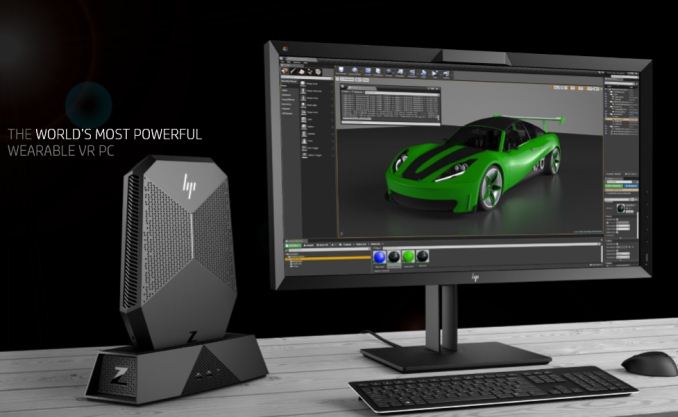
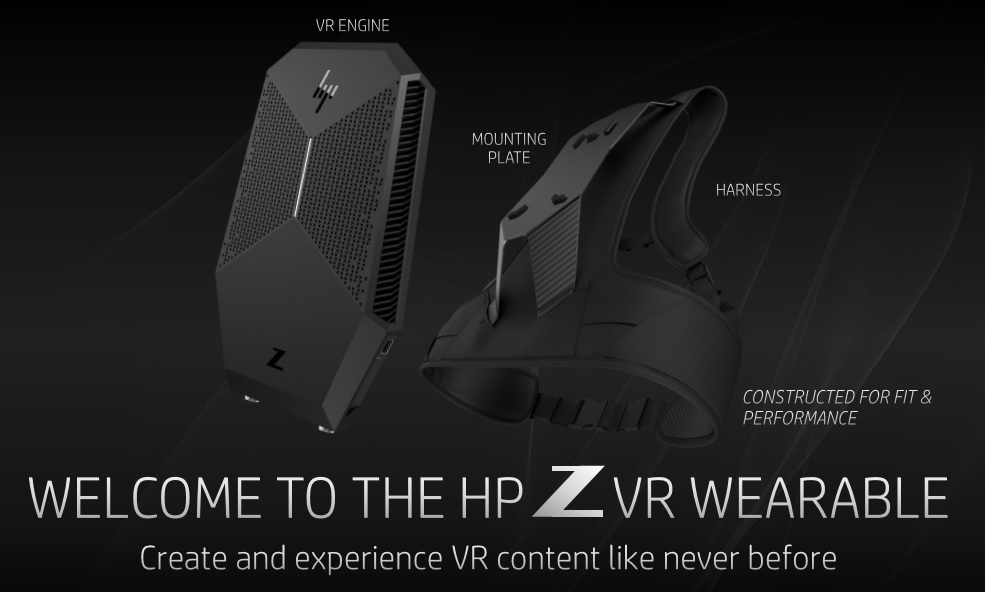

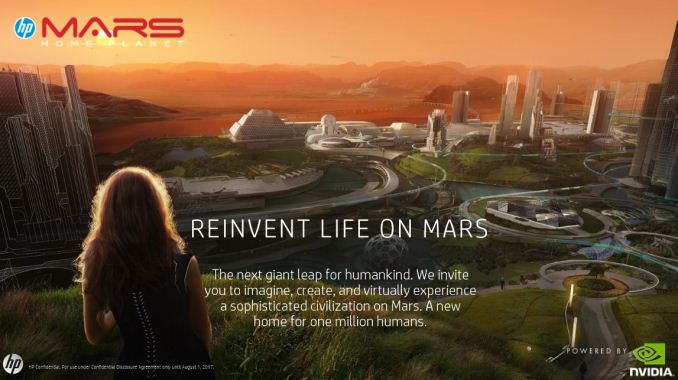
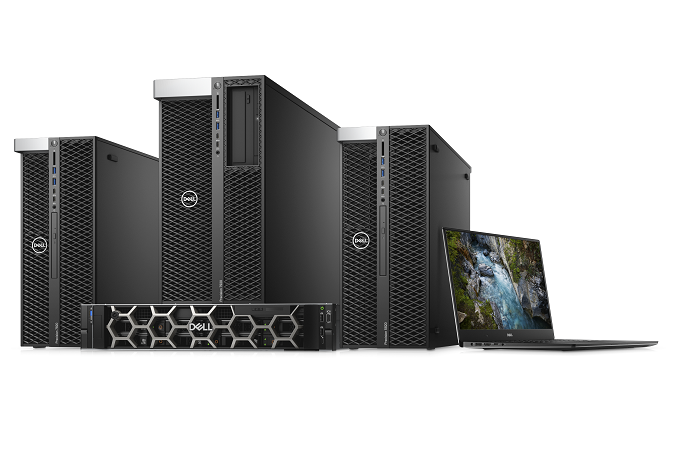
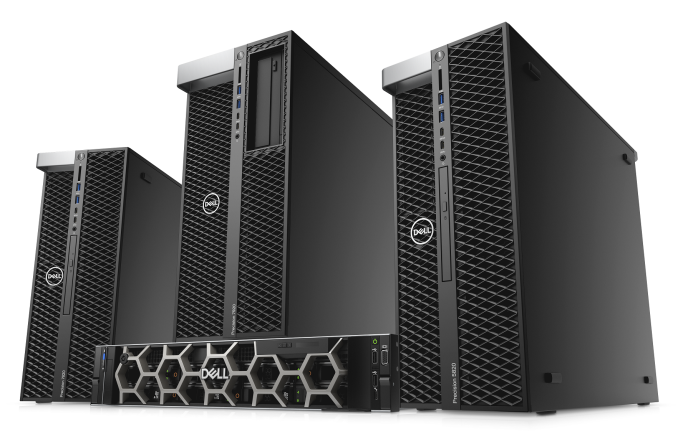



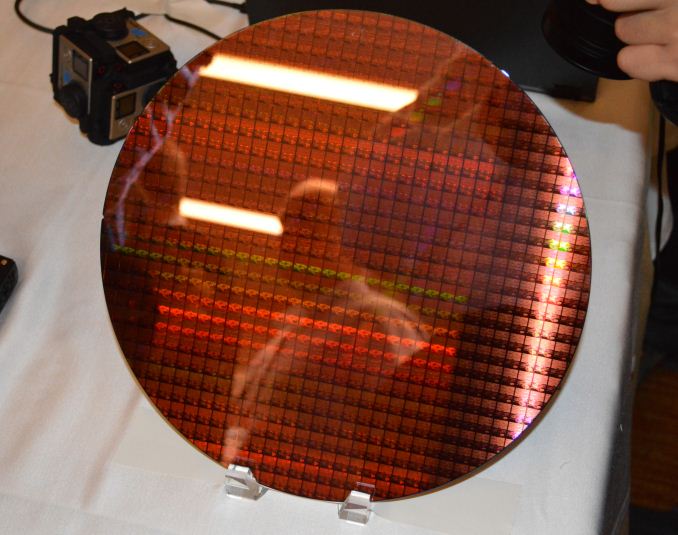
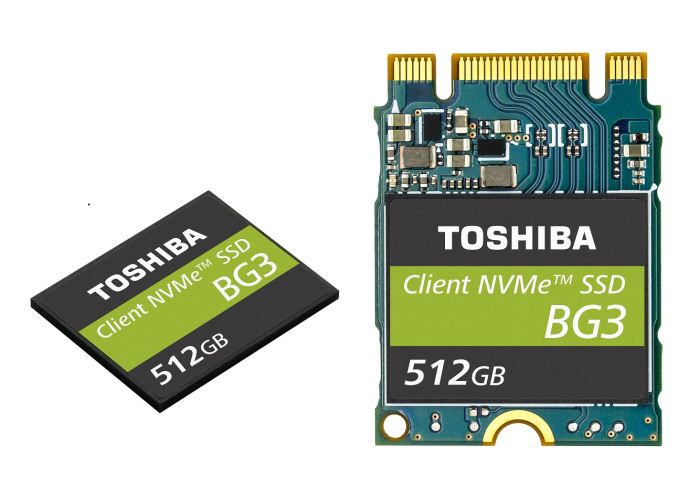
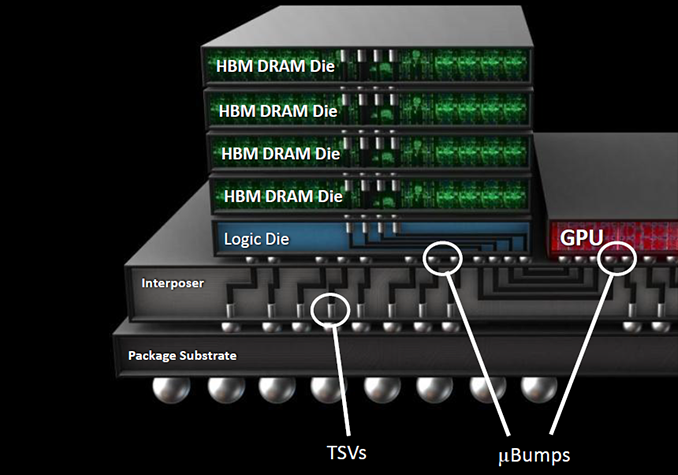
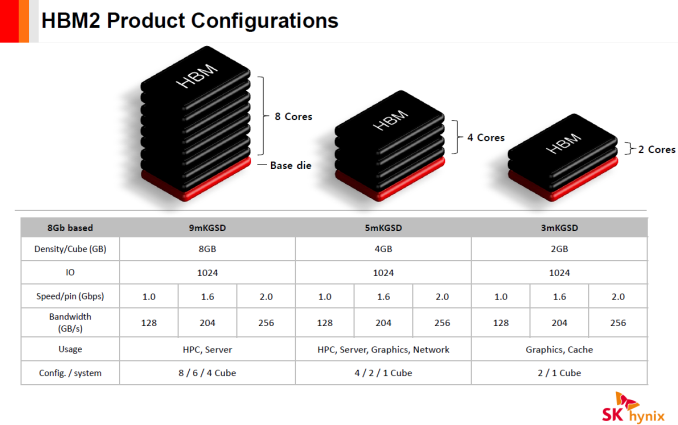
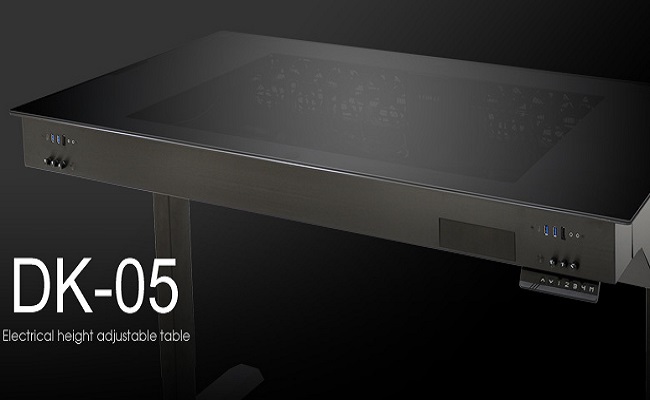
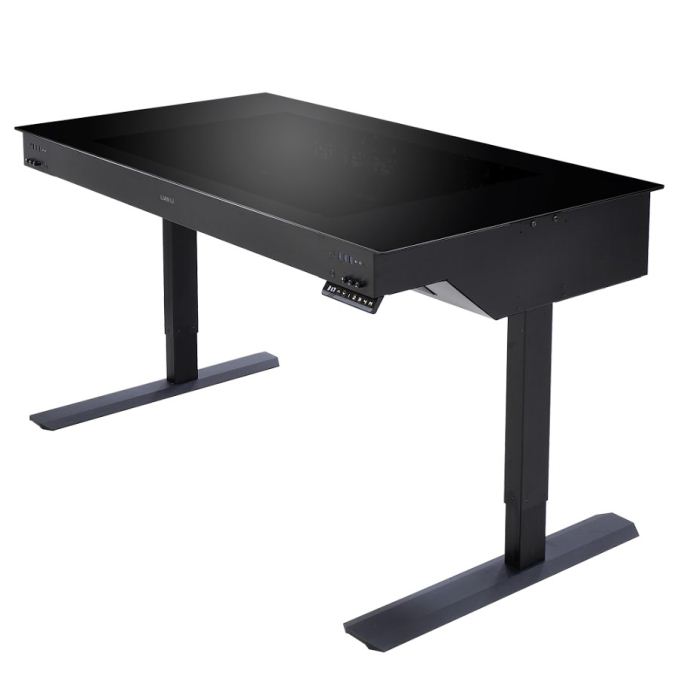
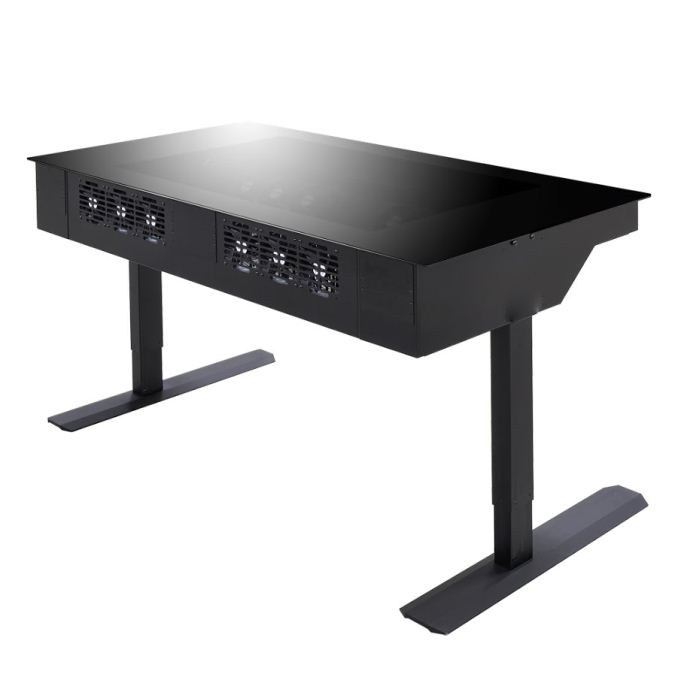
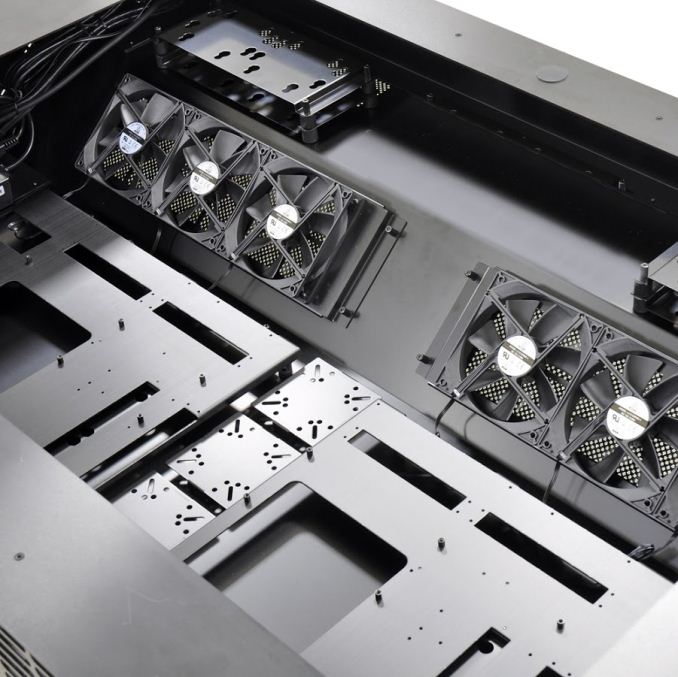
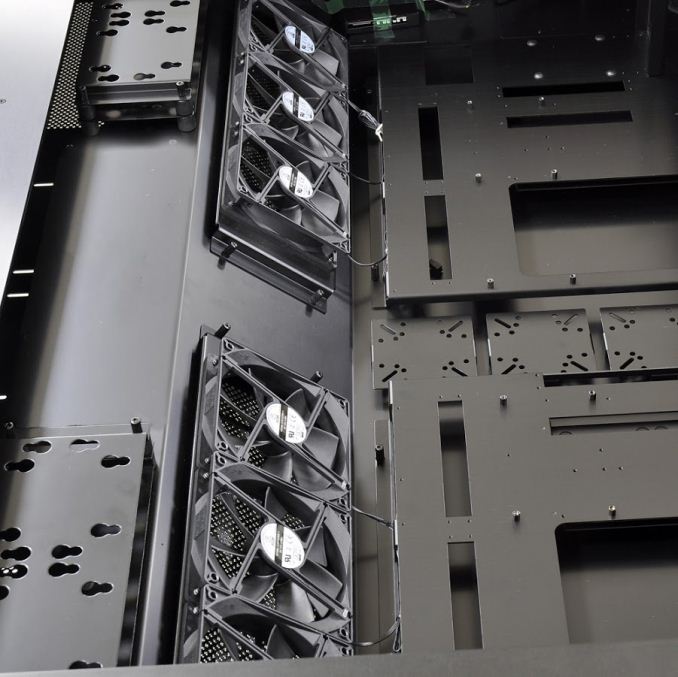
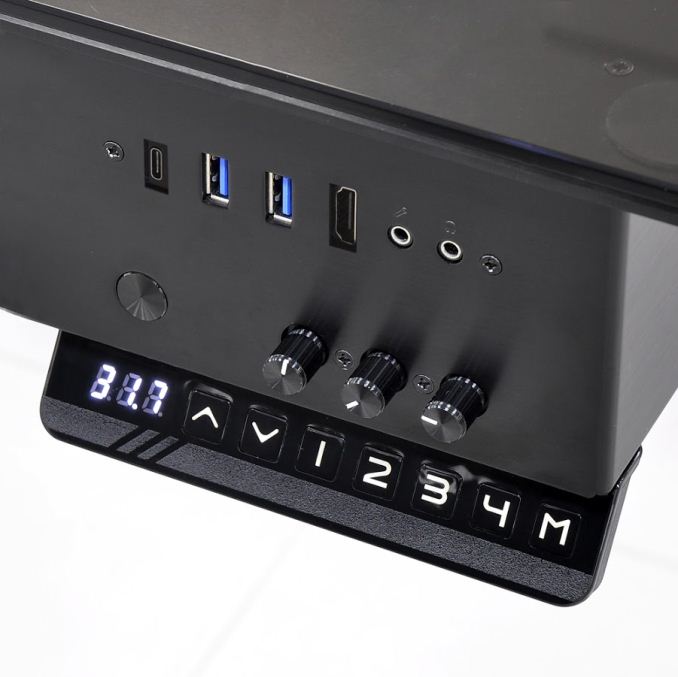
















Bookmarks